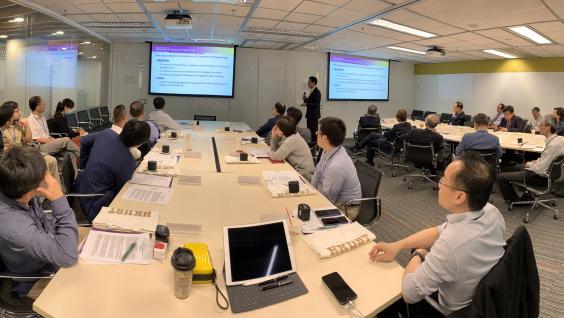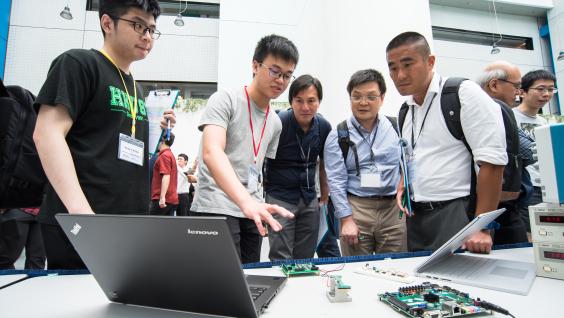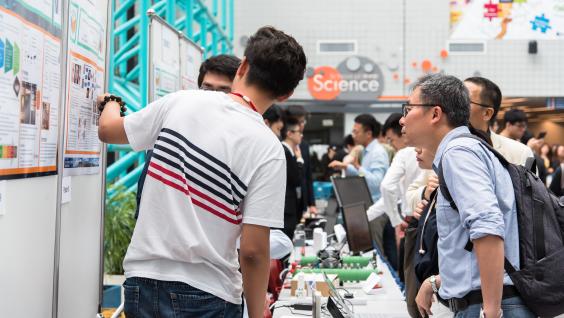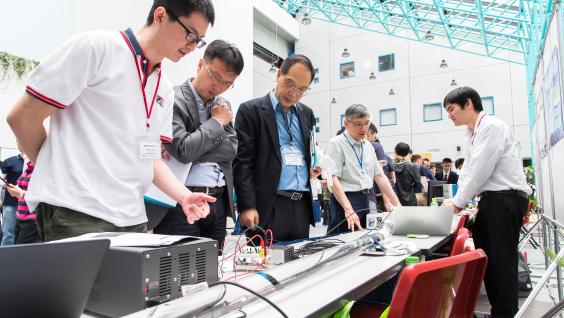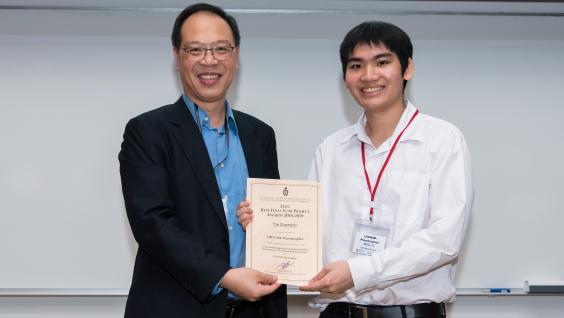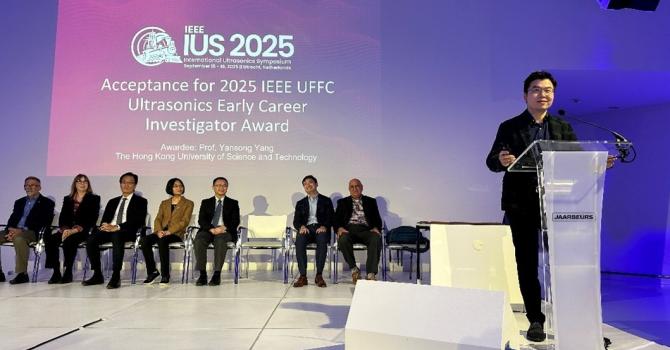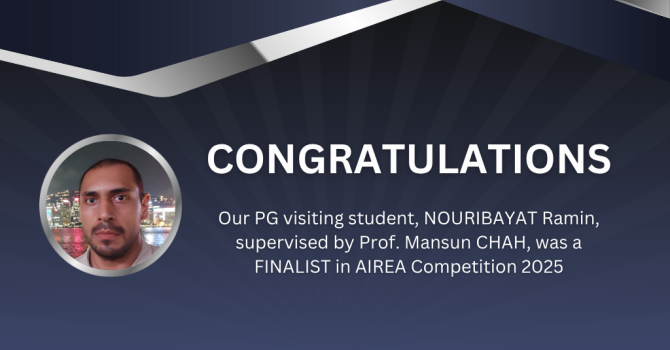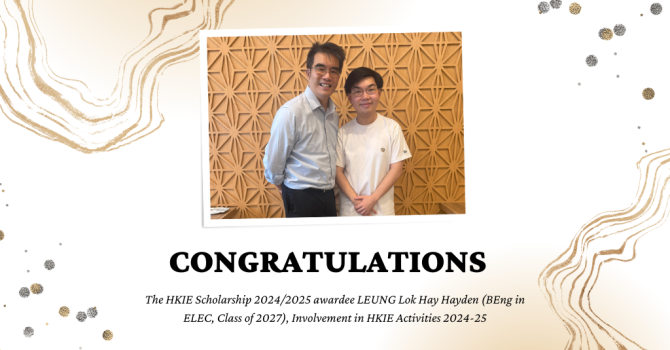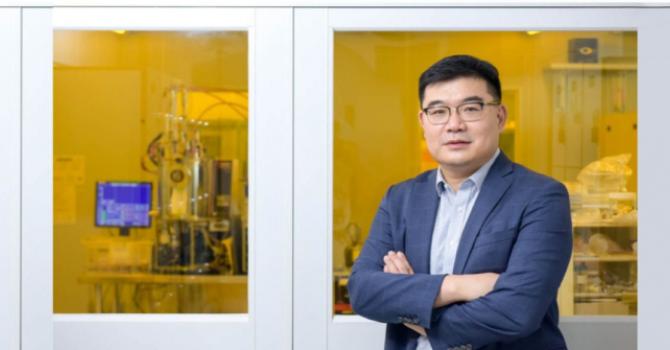ECE Advisory Board Meeting & Final Year Project Industry Day 2019
Date: 15 May 2019
Time: 9:00am - 5:00pm
ECE Advisory Board Meeting & Final Year Project Industry Day is the Department's annual whole-day-event. It serves as a platform for the Department to collect valuable feedback from the honored ECE Advisory Board Committee members from the industry in order to improve the programs. This event is a friendly gathering for ECE FYP students to show their project work to other students, faculty members and board members from different companies. It is also a great opportunity for other students to learn from these projects and get some inspiration for their own future FYP or research work.
This year, 78 FYP groups and 9 nominated demo teams, and over 200 students, faculty members, and representatives from the industry joined the FYP Day. To show our appreciation of our students’ hard work on Final Year Project and to recognize the achievement of them, the 3 best FYPs have been selected by the department based on the evaluation of supervisors and other faculty members. Moreover, judging panels formed by our advisory board members selected the top 3 outstanding FYP Demos to win the Gold, Silver and Bronze Best FYP Demo Awards. Students also voted for their most favourite poster to win the Most Popular FYP Poster Award.
The results have been announced at Lecture Theatre E on the same day.
Winning Teams
Best FYP Demo Awards:
Gold Award: “A Radar System for Drones and Driver-Less Vehicles” by LAM Chun Fai, TSE Sil Kwong, WONG Wai Sing, supervised by Prof. Howard Luong
Project summary:
This project is to study and to build a small PCB RADAR system for driver-less vehicles or drones to demonstrate detection and obstacles avoidance system with distance and speed measurement, the deliverable includes system specifications, integration, and demonstration. The RADAR system can measure the velocity of vehicle(s) up to 50 km/h in effective range of 30 meters in continuous-wave mode (CW) and display distance between object(s) and the RADAR ranging from 1-10 meters in frequency-modulated continuous-wave mode (FMCW) in our demonstration. By comparing the system to the commercial references, the accuracy of the actual measurements is highly satisfied with +/-3% tolerance in such a cost-effective way. This project is endearing in the aspects of functionality and expense.
Silver Award: “Deep Learning Methods for Detection of Diabetic Retinopathy in Ultra-Wide-Field” by LUENAM Phoomraphee, supervised by Prof. Matthew McKay
Project summary:
Diabetic Retinopathy (DR) is a diabetic disease affecting the retina and the leading cause of vision loss in the developed world. Early screening and treatment of DR are essential in preventing vision loss. However, DR screening programs are insufficient in many countries with limited ophthalmological services.
Automated screening systems for DR could allow for low-cost and instantaneous detection for further referral. The most successful method so far has been deep learning, which has been applied to DR with significant breakthroughs. However, no deep learning system has been implemented to work with Ultra-Wide-Field (UWF) images, which have been shown to contain important features for DR detection not found in images from standard cameras.
We developed a deep learning system to detect referable DR on a dataset of UWF images provided by the Hong Kong Eye Hospital obtained using an Optos camera. A total of 859 color UWF images were used for training, and 211 were used for validation. Despite the limited amount of data, our deep learning system attained a sensitivity of 90.52% and a specificity of 89.66%, greatly outperforming the only previous system for UWF images.
Bronze Award: “VLC-Reckoning: An Indoor Navigation Application that combines Visible Light Communication and Dead Reckoning” by TSO Chi Pan, TONG Man Hon, TANG Chin Siu, supervised by Prof. Patrick Yue
Project summary:
Accuracy of navigation application is of paramount importance in nowadays world. Especially in an indoor environment, it is always unstable to locate the users’ actual location. A navigation system is intrinsic a useful and user-friendly tool for users to reach their destination with the shortest and accurate path. In this project, an indoor navigation application that combines Visible Light Communication (VLC) and Dead Reckoning (DR) is being developed. Using the application can maximize the efficiency and have a good performance in the indoor environment.
Best FYP Awards:
Champion: “Deep Learning Methods for Detection of Diabetic Retinopathy in Ultra-Wide-Field” by LUENAM Phoomraphee, supervised by Prof. Matthew McKay
Project summary: pls. see above.
(also recipient of Best FYP Demo Award – Silver)
1st Runner Up: “A Radar System for Drones and Driver-Less Vehicles” by LAM Chun Fai, TSE Sil Kwong, WONG Wai Sing, supervised by Prof. Howard Luong
Project summary: pls. see above.
(also recipient of Best FYP Demo Award – Gold)
2nd Runner Up: “Beyond Line of Sight UAV Controlled by Satellite Internet” by KAM Chung Kan, supervised by Prof. Tim Woo
Project summary:
The operation ranges of a UAV are limited by the control radius and fuel capacity. However, common commercial UAVs usually have a fuel range far exceeding their control radius as the control range of traditional RF signal is limited. By implementing broadband cellular network access as the communication medium, the control of the UAV with the system can be extended to the service coverage of any broadband cellular network, fully unleash the potential of the airframe design. In this project, we develop a control system for a UAV integrated with a broadband cellular network which includes on-board system, graphics user interface and backend server.
Most Popular FYP Poster Award
“Voice Controlled Smart Instrument(s)” by LAM, Wai Yin, LIU, Chun Wa, WAN, Ka Lok, supervised by Prof. Jianan Qu
Project summary:
Voice control technology has already dissolved into our daily life. However, many industries, like health care services, still have not used this technology in order to improve the manpower problem. This project is designed to develop a robotic hospital bed using voice recognition for controlling the basic function. An Arduino Uno is used in collecting the input from the voice recognition module v3.1 and transmitting the output to different function. Moreover, IR sensor remote is designed for controlling the movement of the whole bed. The second Arduino Uno soldered with button and IR signal emitter is used for transmitting the data. The receiver and the DC motor are embedded in the first Arduino Uno in order to move the bed by using the signal transmitted by IR sensor remote. Moreover, the third Arduino Uno connected with LCD screen display the blood pressure and heart beat measurement. The results have significant implication for controlling and combining all function.
List of companies participating in the event:
ASM Pacific Technology Ltd.
ASTRI
CITIC Telecom International CPC Ltd.
CLP Holdings Limited
Globaltec Electronics Ltd.
GP Batteries International Limited
Guangdong Hiway Integrated Circuit Technology (Hong Kong) Co. Ltd.
Hong Kong Telecommunications (HKT) Limited
Huawei
Kun Hang Group
Micom Tech Limited
Robosense Inc
Rohde & Schwarz HK Ltd.
RS Components Ltd.
Shenzhen Runlite Technology Co., Ltd.
Zeegle
Please click HERE for more event photos.
